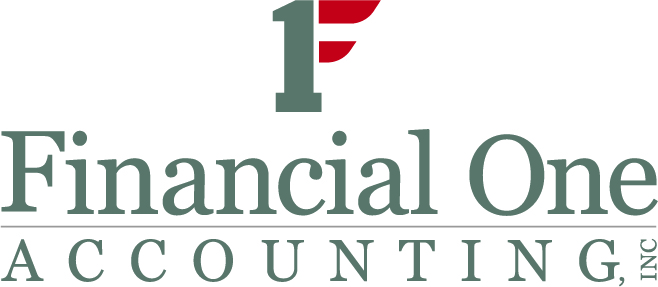TANGO Partners Perspective – February 2022
The 10-Step Annual Budget Checklist
Pat Gill, CPA
Director of East Coast Operations
CFO / Business Development Officer

As nonprofit organizations begin to enter into the last quarter of their fiscal year, they should begin to think about their budget for the upcoming year. A budget should be a planning tool that reflects an organization’s programs, mission and strategic plan. Typically, the budgeting process should begin at least three months before the end of the fiscal year to ensure that the budget is approved by the board of directors before the start of the new year.
The following checklist should be considered as nonprofits begin this process:

- Determine timelines
- Set target date for board approval
- Allow time for each step and for review and discussion
- Approve before the beginning of fiscal year
- Agree on goals
- Prioritize program delivery goals
- Set organizational financial goals
- Clarify annual goals from strategic plan
- Understand current financial status
- Review current year income and expense compared to budget
- Forecast to the end of the year
- Analyze and understand any variances
- Agree on budget approach
- Assign roles and responsibilities
- Agree on authority to make decisions
- Agree on how much uncertainty can be included (how many unknowns)
- Develop draft expense budget
- Determine costs (expenses) to reach program goals
- Determine costs to reach organizational and strategic goals
- Develop draft income budget
- Project income based on current fundraising and revenue activities
- Project new income based on any potential new activity
- Review draft budget
- Verify that the draft meets program and organizational goals
- Review and discuss all assumptions
- Make adjustments, based on goals and capacity, to match income and expenses
- Review final draft for all goals and objectives
- Approval of budget
- Present to any committees as needed
- Present to the board of directors for approval
- Document within the board minutes that the budget was approved
- Document budget decisions
- Create a consolidated budget spreadsheet and file
- Write down all assumptions.
- Implement budget
- Assign management responsibilities
- Incorporate into your organization’s accounting system
- Monitor and respond to changes as needed
A strong and complete budget is an important financial tool to an organization’s stability in future years. Taking the proper time to complete these steps will allow organizations to consistently monitor results from the beginning of the fiscal year to the end of the fiscal year.
CONTACT OUR
TANGO PARTNER
Pat Gill, CPA
Director of East Coast Operations
CFO/Business Development Officer
Financial One Accounting, Inc.
860.399.7262
